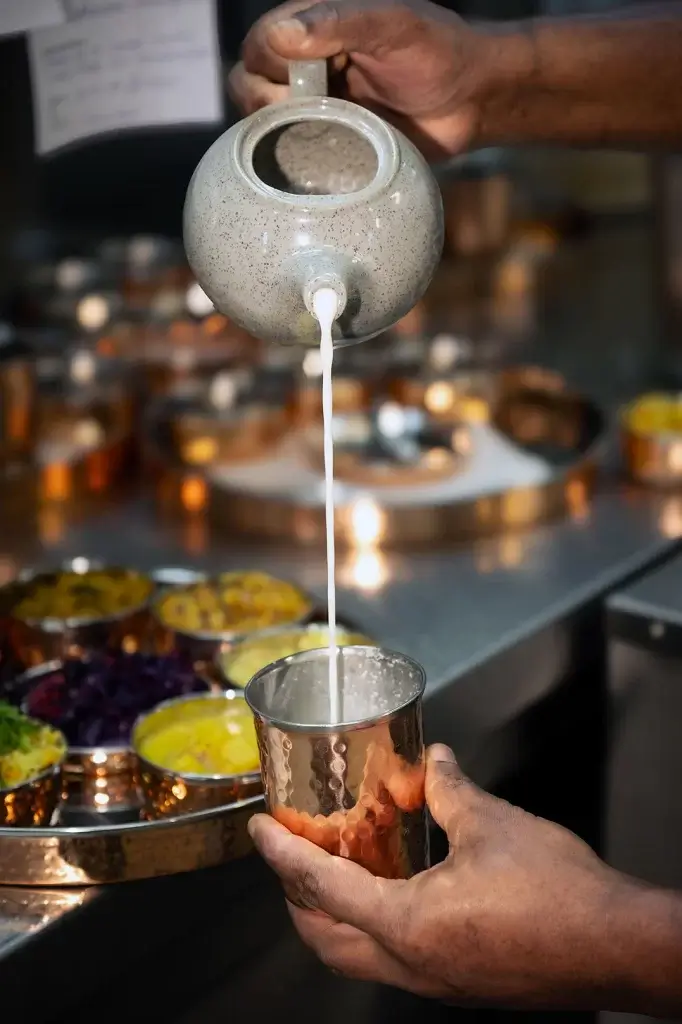

In Ayurveda, agni, literally “fire” in Sanskrit, means the fire within that burns digestion, metabolism and transformation in the living entity. From the standpoint of agni, it is this spark that converts food into energy, constructs strong tissues and operates immunity.
Whenever this fire is well-fueled, one feels energetic, delirious, focused and resilient. But with this weakening or uneven fire, the body struggles, sluggishness sets in, toxins develop and diseases begin. Thus, agni couched in balance is strongly highlighted in Ayurveda as the very essence of health, vitality and longevity.
Ayurveda identifies 13 types of agni, but three stand out as the pillars of vitality:
● Jatharagni: The prime digestive fire since it stays in the stomach and small intestine, breaking food down into absorbable nutrients.
● Bhutagnis: These are the elemental-fire processes of the five universal entities that transform food into subtle energy.
● Dhatvagnis: Seven fires of tissues nourish and sustain the tissues of the body, blood, muscles and bones included.
Once these fires balance, your body acts in harmony.
A healthy agni doesn’t just aid digestion—it impacts every corner of your wellbeing:
● Smooth digestion: No bloating, heaviness, or discomfort after meals.
● Better nutrient absorption: Strong agni ensures your body gets the most out of what you eat.

● Toxin-free system: Weak digestion leads to ama—a sticky residue of undigested food that clogs your system. Strong agni prevents and burns it away.
● Ojas creation: Balanced digestion produces ojas—your life force, immunity and vitality. Ojas is what gives you radiant skin, stable energy and emotional resilience.
● Clear mind & stable emotions: Agni doesn’t just digest food; it also helps you “digest” experiences and emotions, keeping your mind calm and sharp.
● Healthy metabolism: A steady fire means steady energy and a balanced weight. A weak one leads to sluggishness and weight issues.
Here are the three kinds of disturbances, each belonging to one body type (dosha), that indicate a disturbance of digestive fire:
● Manda Agni (slow fire-imbalance of Kapha): Heavy digestion, lethargy, lack of appetite and easy gain in weight.
● Tikshna Agni (intense, active fire-imbalance of Pitta): Burning hunger, acidity, inflammation and harsh burning sensation.
● Vishama Agni (irregular fire-imbalance of Vata): Bloating, cramps, erratic good and bad appetite and irregular indigestion symptoms.
Ayurveda presents simple, practical ways to maintain one’s fire of digestion:
● Eat mindfully: One should slow down and chew thoroughly and never eat when one is upset and stressed.
● Give hot-labeling: Soup, stews and freshly cooked foods are so easy to digest compared with raw,cold or leftover ones.
● Follow proper time of meals: Lunch should be taken as the main and heaviest meal when the digestive fire is at its peak. Dinner should be the lightest.
● Spices for digestion: Including mild spices in diet like ginger,cumin, coriander, cinnamon, pepper, curcuma are good for enhancing digestion
● Stay warm and cosy: Water with meals should always be warm or at room temperature rather than cold.
● Manage stress: Yoga and meditation comfort the heart and support digestion.
● Release: A light walk after eating supports metabolism and relieves heaviness.
Agni is much more than a mere digestive process-it is the internal fire responsible for generating one’s energy, mood and general state of being. Give it some kind of nurturing through mindful eating, well-balanced daily routines and simple Ayurvedic practices and you will feel lighter, clearer and alive. After all, real vitality begins with the well-being or digestive system-not just about the food, but life itself.
